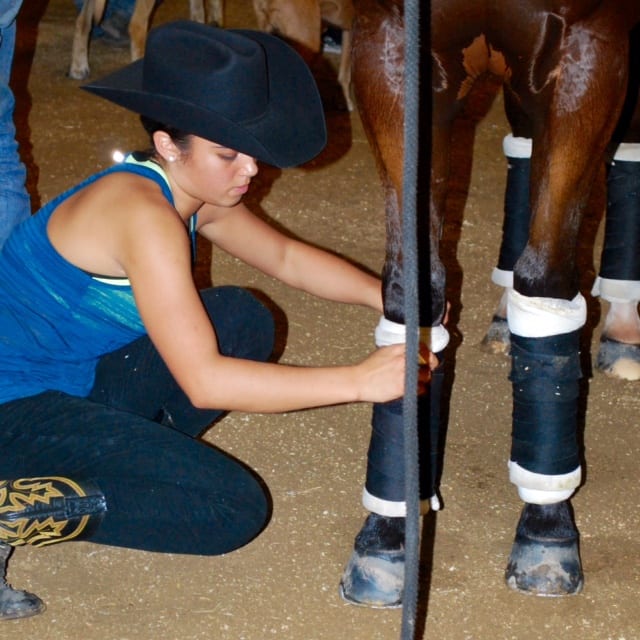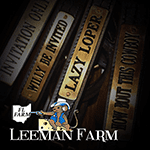In this industry, there are many different thoughts on ways to do things. However, one thing every trainer can agree on is that organization is key to horse show success. Without a well-organized tack room, stall area, and team, a horse show would become a chaotic, stressful event—the exact opposite of the weekend getaway clients hope for, and a very stressful “day at the office” for the trainers.
We were able to speak to some trainers from across the industry who, with years of experience behind them, have found many ways that work for them to make a horse show as well organized and low stress as possible.
1) Plan Ahead
The key to successful show organization is starting before you even arrive at the show. Kansas-based trainer Theresa Martz suggests always making sure everything is in its appropriate place before the trailer is even loaded. This includes groom carts being well stocked and organized, tack being cleaned and put away properly, show clothes being checked and double checked to ensure that all required pieces are present, and tails being cleaned and brushed out. By doing this, move in to the show and the insane early mornings become a little less insane.
2) Label everything
Many trainers, like Julie Schmidt of Dare to Dream Performance Horses in North Carolina, make a point of ensuring that everything is labeled, especially show clothes and tack. With many clients in many different events, this ensures that nothing gets mixed up and everything stays organized and can be found easily.
3) Team Effort
AQHA Professional Horseman and IHSA Coach Adam D’Agostino of New York makes it a priority, with both his show clients and IHSA riders, that teamwork is at the center of every event. If a team member needs help putting in a tail, grooming their horse, or tacking up, their teammates are there to help. This makes the show run smoother for everyone involved, and also makes every event a more enjoyable experience for everyone involved.
4) Have a flow
Brian Henry of Limelite Show Horses in Colorado ensures that every aspect of his tack room makes sense. Everything has its place and is easily accessible. Henry makes sure that the tack room is set up the same every time to avoid confusion. Other trainers, such as D’Agostino, position the tack room so that it is easily accessible from every horse’s stall in his group. Britt and Colt Andrews, ApHC trainers from Texas, bring this flow not only into the tack room, but into the show day as a whole. One way in which they do this is by making a large poster size version of the schedule and highlighting what classes everyone will be entering that day, making it impossible to miss and keeping everyone on track.
5) Avoid clutter
By having a flow to his tack room, Henry is able to ensure that when a class is over and the tack is no longer needed, it can be packed up and brought back to the trailer. This makes moving out at the end of the show that much easier, and allows more room to move around in the tack room as the show goes on. He also makes sure every horse has a bag on the front of their stall for sheets, brushes, and feed, keeping these things out of the tack stall while still being easily accessible.
6) Communication is key
Evan Knapp guarantees organization at a show by keeping an open line of communication with his clients leading up to and at the show. This especially includes what events the horse and rider will be entering, to avoid any surprises or confusion at the show. Knapp makes a point of this especially with green horses and novice clients, who may need more time to prepare before the class, so that he can ensure everyone gets the time they need and do not feel rushed or nervous.
7) Be an early bird
Knapp says something he learned early on while working for Murray Griggs and Gil Galyean was to not be afraid to be the first one to the show in the morning. By doing this, you will have more time to adjust and wrap yourself around the events of the day, as well as to get a feel for the pace of the show and the class sizes. This is something many other trainers have made a point of as well. According to D’Agostino, “it is better to be early to the party than late. When you’re early, you at least know you’re prepared.”
With some prior planning and forethought, the horse show experience can become a well-oiled machine, leaving less time to worry about where your bridle is and more time to enjoy the excitement of being in the show pen.
Thank you to Julie Schmidt, Adam D’Agostino, Theresa Martz, Brian Henry, Britt and Colt Andrews, and Evan Knapp for providing their expertise on this subject.









